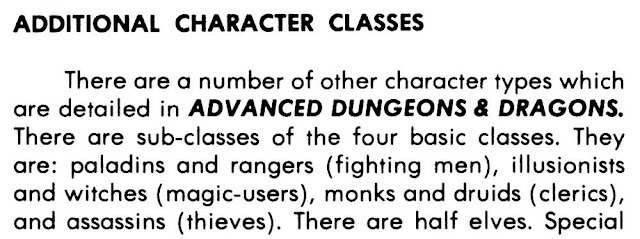Magic is discussed a lot in the Enchanted World series and 1987's The Secret Arts is no different. Maybe because it is one of the last (second to last, really) entries, it does feel a little different.
The Secret Arts
by Editors of Time-LIFE Books, 1987 (144 pages)
ISBN 0809452855, 0809452863 (US Editions)
Unlike the previous editions, this one is divided into seven chapters, each dedicated to a type of magical practice.
Chapter One: The Power of the Word
Magic scrolls, books and words are the tools of trade of these magic-users. We start with the papyri of Ancient Egypt, dedicated to the God Thoth the inventor of writing. We read tales of the mage Nefrekeptah and the lengths he went to gain the Book of Thoth. Even creating souless, deathless makins to travel under the Nile to dig up the vault where the book was held. Though all his efforts only lead to his ruin. In this early tale of magic, we learn there are "things man was not meant to know."
Our journey takes us to Renaissance Europe to Heinrich Cornelius Agrippa von Nettesheim, better known more simply as Agrippa. His challenges were no less than Nefrekeptah's and the secrets he sought were too dangerous for him to take on other students. These tales are repeated throughout history as more would be mages sought out more powerful magic words.
Chapter Two: Decoding Destiny
This chapter covers divination is all it varied means. Casting lots, shapes in smoke, palmistry, the entrails of animals, and the drug or poison-induced trances of oracles. One thing these all have in common, is the future was truly unknown and unknowable.
We get into a bit of history about the Tarot and various "magic squares" where magic gives way to math. Which is pretty close to real magic. This leads us to the Number 13 and all its magical conontations.
Chapter Three: Arcane Harmonies
In the first book, Wizards and Witches, we are introduced to the power wizard and singer Väinämöinen. He returns for this chapter on the magic of music. We see how old Väinämöinen makes his magical harp from the jaw bone of a giant pike.
We see magic in other instruments, like the pipes of Pan and all sorts of harps. The lute of Celtic magicians/musicians. And we hear again about the violin-playing prowess of the Devil himself. Even the horns of ancient armies and the bells of churches are considered to be a type of magic. Each being used to ward off evil. Bells were used quite a bit, from the church bells to even small bells that were used to by the superstitious to ward off evil spirits, demons and faeries.
Chapter Four: The Witch's Kitchen
No mighty armies. No ancient wise wizards. This is the simple homespun magic of the Kitchen Witch. The symbolism of the witch over cauldron is almost as common as the witch on her broom. But not just witches stirred the cauldron, this is an image that goes back to Celtic myth and even before. What sorts of brew come out of those cauldrons? I suppose this is often why the ancient words for "Witch" and "Poisoner" were often confused. However, some of those potions did have a magic of sorts.
It is often believed that many of the balms, potions, poultices, and ointments had a mild (or strong in some cases) psychotropic effect. Could images of faeries, demons, ghosts and the like be more akin to an LSD trip? Seems likely.
Chapter Five: Lapidary Lore
The power of stones and crystals is so pervasive that even Dr. Jung talked about it as a universal symbol. Stones harder than diamonds, metals with associations to the various heavenly bodies, and healing stones were common everywhere. Not to mention all the attention given by alchemists to transmute a base metal to gold, considered to be pure and nearly divine. This transmutation was symbolic, if it could be done then the transmutation of our "base metal" to something "divine" could also be achieved.
Chapter Six: Mirrors and Metals
Continuing the themes of metals, this one deals more with reflective surfaces. Though there is a good bit on how swords could, via the metal worked by the blacksmith, take on personalities of their own.
Chapter Seven: A Magician's Arsenal
Less weapons, and more tools of the trade. Books, herbs, and stones have been mentioned already. This includes how magic wands are made, or divining rods, or fetishes. Magical staffs held by kings and wizards alike are mentioned.
This one has a lot going on in it. There is a feel of "this is the end of the series and we have all this stuff left over" but it is still fun read. I enjoyed the bit on magical swords gaining personality and had never really thought about where that idea came from in myths.
Next time: We celebrate My Mom for Mother's Day and what she has contributed to my blog!

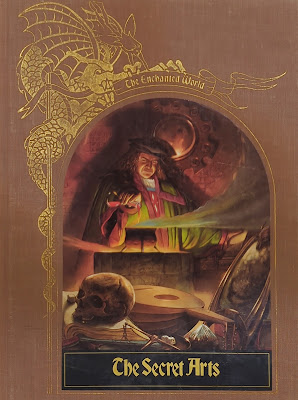
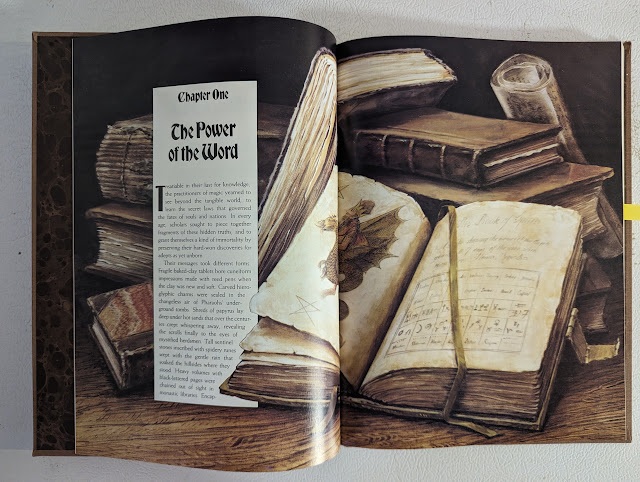



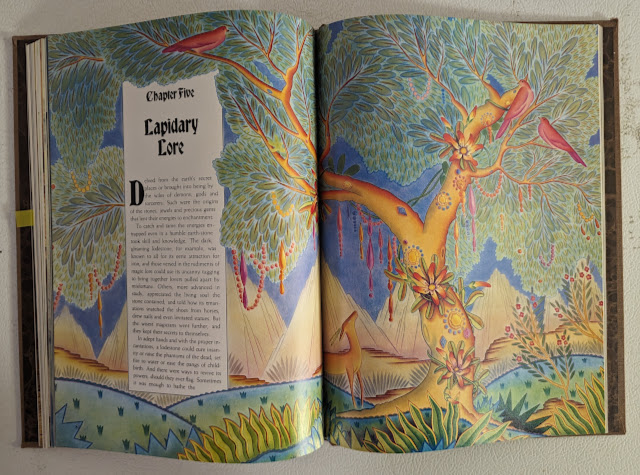





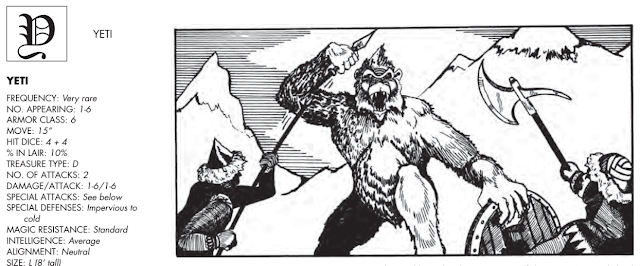
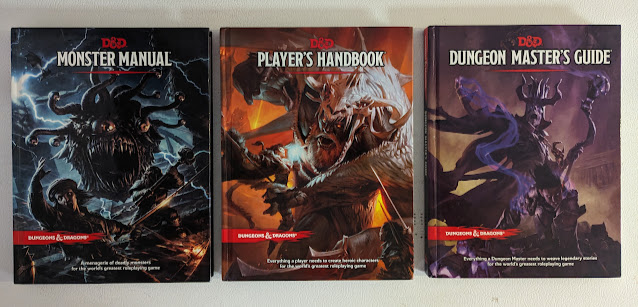
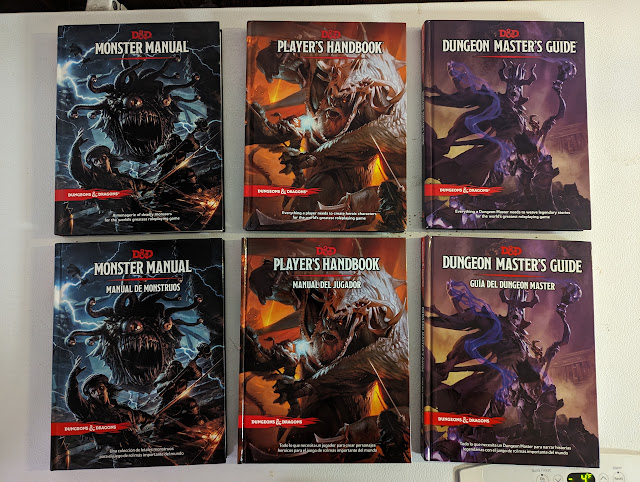
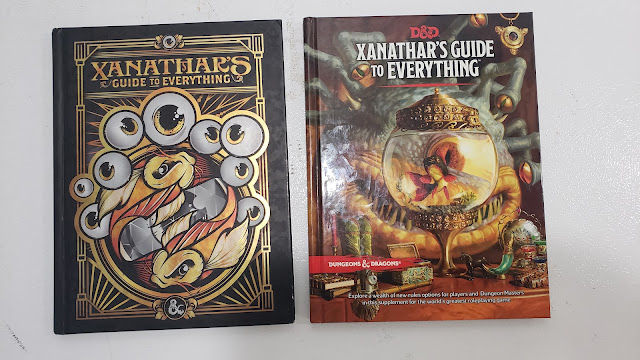
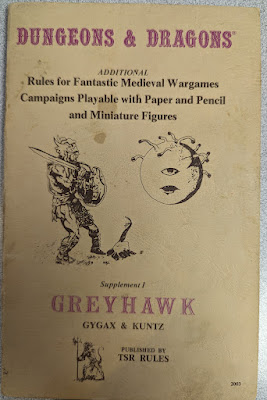



.jpg)
